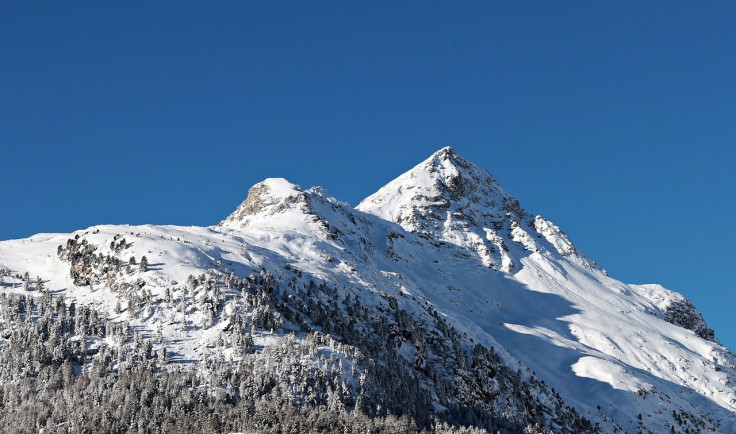Survival Mystery: Earth's Ancient Life Forms Are Waking Up After 40,000 Years on Ice

Thawing ice caps and permafrost reveal the biological resilience of some species. Scientists find that frozen organisms presumed dead for millennia can still bear life.
The endurance of these organisms, which range from simple bacteria to multicellular creatures, also changed the researchers’ understanding of survival.
In 1850, the Teardrop Glacier on Canada’s Ellesmere Island swallowed a tuft of moss. The moss laid frozen under the thick slab of ice for a long time, until the warming climate freed it from its icy resting place.
Researchers who discovered the ancient moss found it faded and torn, but still featured a verdant hue that hint of life.
“You wouldn’t assume that anything buried for hundreds of years would be viable,” said evolutionary biologist Catherine La Farge, from the University of Alberta, of the centuries-old moss tufts she discovered.
“The material had always been considered dead. But by seeing green tissue, “I thought, ‘Well, that’s pretty unusual.”
La Farge brought samples of the moss to the laboratory, where she placed them in nutrient-rich soils. Nearly a third of the samples sprang into life. They produced new shoots and leaves and exhibited only a few of the ill effects of being deep-frozen for centuries.
Ecologist Peter Convey, from the British Antarctic Survey, said mosses have special adaptations that make them more likely than other plants to survive long-term freezing.
Following La Farge’s revival of the mosses from Ellesmere Island, Convey and colleagues also awakened a 1,500-year old moss buried three feet below the Antarctic permafrost.
Researchers also found that they can also awaken more complex organisms. It was previously thought that unicellular organisms are the only life-forms that can remain viable after a millennia of slumber in the permafrost.
Microbiologist Tatiana Vishnivetskaya, from the University of Tennessee, and colleagues managed to coax back into life segmented worms with a head at one end and an anus at the other end, back into life after a lengthy deep freeze. One of the revived nematodes is estimated to be 41,000 years old.
Nematode expert Gaetan Borgonie, from Extreme Life Isyensya in Gentbrugge, Belgium, said that nematodes are well-equipped to survive millennia of being locked in permafrost. When environmental conditions start to deteriorate, these creatures can enter a state of suspended animation known as the dauer stage. At this stage, the nematodes can forestall feeding. They also grow a coating that protects them from extreme temperature.
© Copyright IBTimes 2024. All rights reserved.





















